AMMAN —
Painted jungle birds, and digital art against Syrian backdrops — these are the
unique signatures of the two artists currently exhibiting their works at
Q0DE Art Space in Jabal Amman.
اضافة اعلان
“The Soul
Factory”, on display through November 10, combines the work of Syrian-Lebanese
artist Ghassan Ouais and Syrian-Armenian artist Stephany Sanossian.
According to
Q0DE, the artworks by Ouais are divided between faces and fading emotions. They
attempt to blend two worlds by interspersing melting faces with jungle birds —
Ouais’s trademark motif — to tell personal tales, deconstructing people into
human shapes formed of living cells. Under the surface, the works are a study
of emotion, capturing the changes that occur to the face in moments of clarity.

Meanwhile,
Sanossian’s artwork serves as a continual reminder of the richness and beauty
of Syrian culture. She aims to provide a fresh perspective on daily struggles
in her multidimensional digital collages, which feature celebrities, cartoon
characters, and other pop culture figures as their focal points against a range
of backgrounds including local Syrian businesses, historical sites, and endless
skylines.
Humans or saints?
Ouais is a self-taught visual artist specializing in abstract
figurative art. He also works as an art therapist, with three years of
experience in life coaching through art therapy. The artist integrates various
media into his therapy: photography, coloring, sketching, and collages.
For his
exhibits, his current focus is on figures and natural elements.
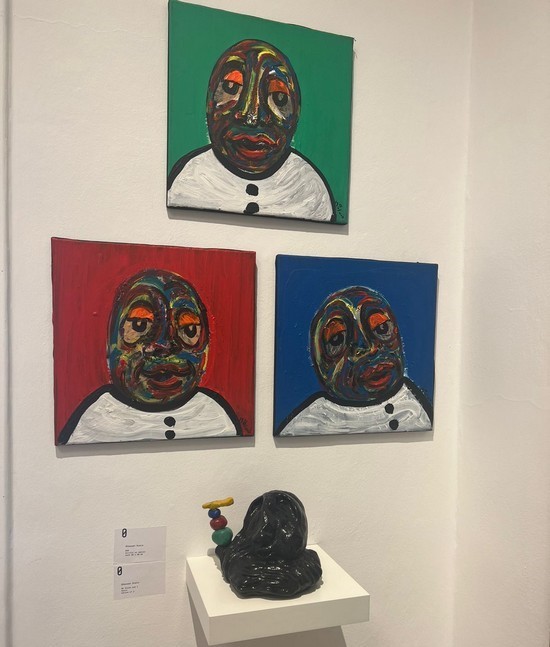
On his personal
website, Ouais explained that his works are organized around faces and their
waning attitudes.
“We are
constantly encountering people whose features we most often forget, but the
feelings or impressions they leave with us stay — those details affect us on a
number of levels,” the artist wrote.
While working in
the studio, the artist draws on his own public and private life to portray the
tension between desire and restraint. At times, he said, he finds himself
contemplating the simple and the mediocre.

“From portrait
to human figure, from scenic to epic, in the continuous drawing process, I find
myself redefining the image of ‘the one’, the man, the saint, and the lustful,”
Ouais explained.
At some point, a
human will be “born” on his canvas, “without the need to separate anything holy
from lust”.
However, the
artist does find inspiration in a “saintly” art form: byzantine iconography,
which ornately depicts Christian saints. He says he “draws heavily” on this
tradition, which “inlays in our memory holiness and majesty.”
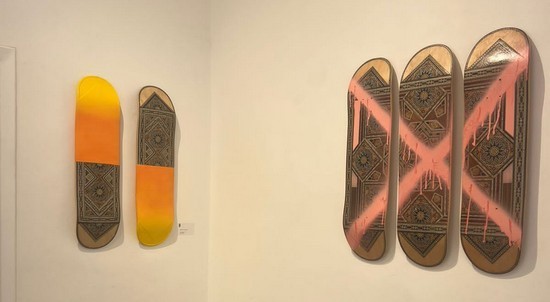
Ouais produces a
broad range of canvases: from small acrylic paintings to large ink etchings, on
various subject matters. However, in all of his art, he said, “humans are
represented in their canonical form by the earthly traits that degrade them.”
Identity in a pop culture world
Sanossian’s background is in design and innovation research, and she
works as a freelance graphic designer.
But the
intersection of art and design is her true passion, as it allows her to express
her thoughts, she told
Jordan News. Her art tries to depict that “we can
maintain our culture and identity while living in a pop culture world.”
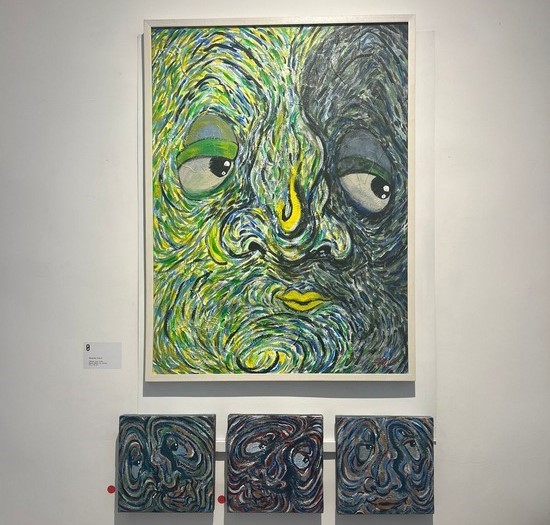
“My work and
research are all about connecting the dots between black and white, East and
West, and so on,” she said.
Digital design
became her medium of choice partly because it allows seemingly absurd
juxtapositions to harmonize in art that makes sense of the illogical.
Currently,
Sanossian is focusing on installation art, which pushes her “outside of (her)
comfort zone, experimenting with new materials, combining different ideas, and
shaping them into realities,” she said.
Her
installations explore the positive aspects of “both the life that we build
individually and live on our own and the rich traditions and cultures with
which we are born and raised,” Sanossian explained.
The artist
employs a variety of media. One piece features wooden skates decorated with
acrylic paint.
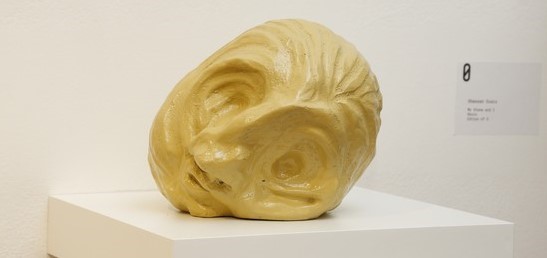
Other works try
to show “how some of us deal with society and the culture we are in as it
relates to cancel culture”, incorporating an “x” to symbolize a rejection of
the invisible boundaries people impose upon themselves, she explained.
A new art hub
According to the Q0DE Art Space social media page, the gallery’s
purpose goes beyond art itself, to employing innovative means of displaying
works created in the Middle East.
Both artists
expressed appreciation for the art space, calling the gallery “professional”.
Ouais noted that he met a Q0DE representative in Armenia, who later came to
Beirut, where he is based, to see his art and select pieces for the Amman
exhibit.
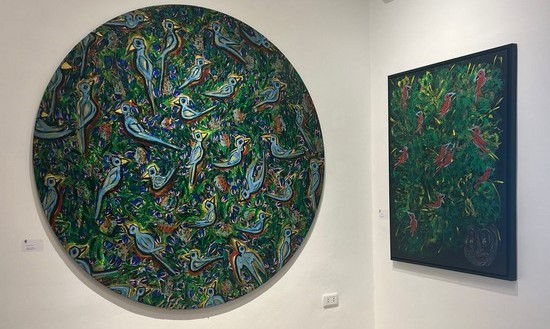
Meanwhile,
Sanossian also mentioned that she has had a positive experience with the
curators who are managing the exhibition.
“Amman is a new art
destination, and we can see it growing in that,” said Ouais. “And hopefully, it
will become a new art hub.”
Read more Culture and Arts
Jordan News



